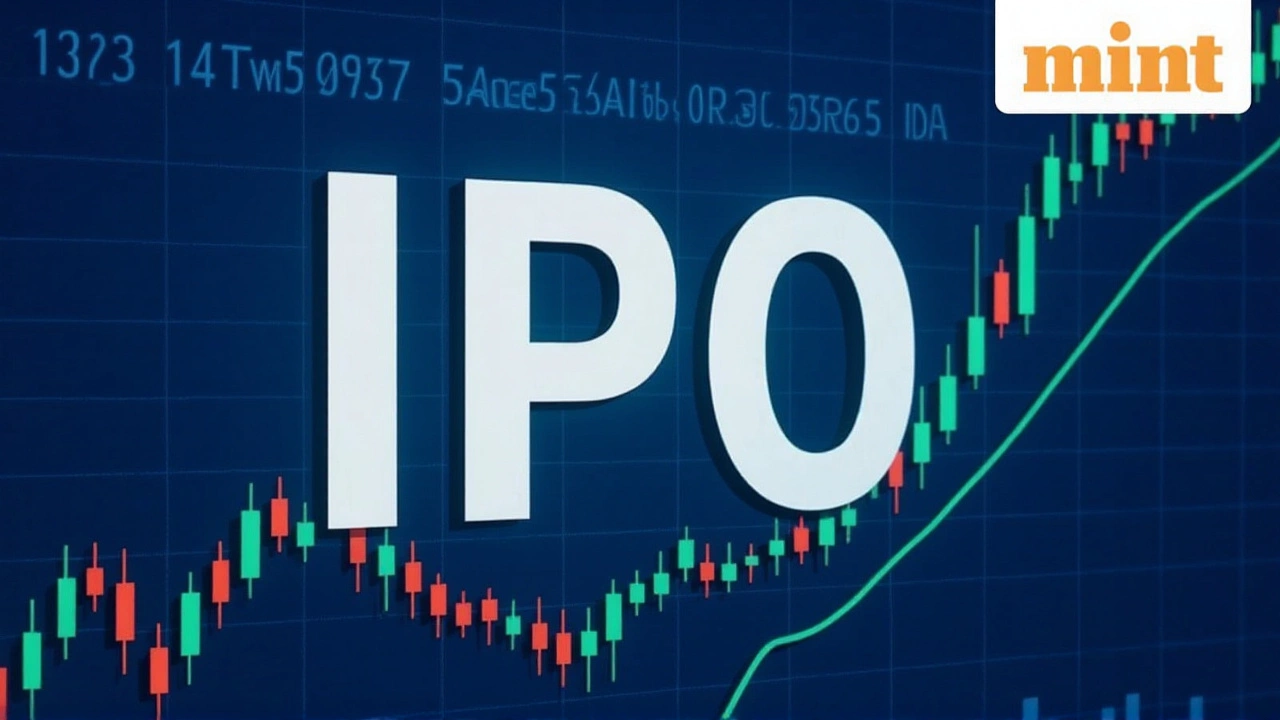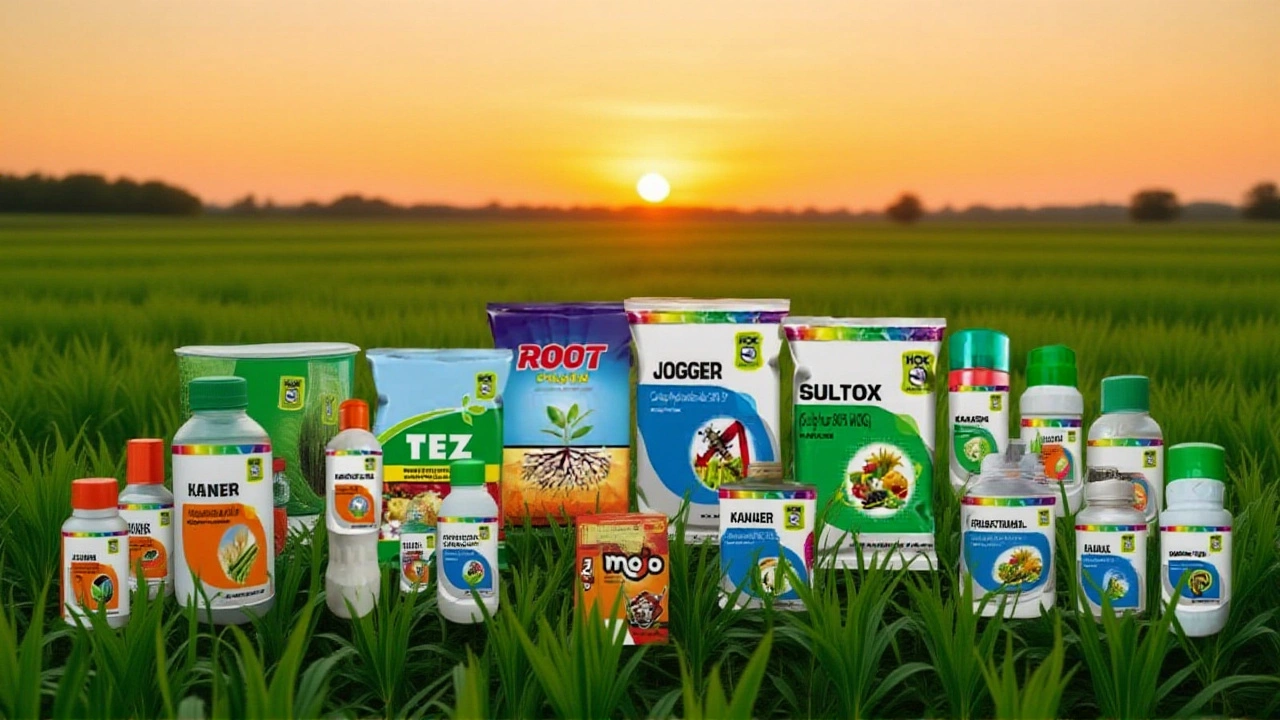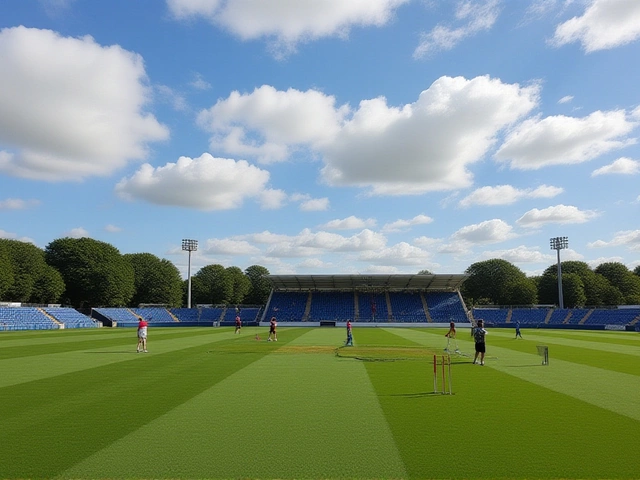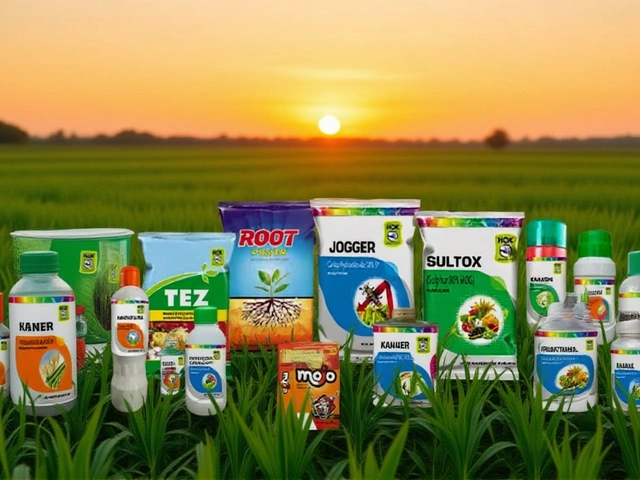When Advance Agrolife Limited wrapped up its initial public offering on October 3, 2025, the market response was nothing short of electrifying – the issue was subscribed 56.85 times.
The Jaipur‑based agrochemical manufacturer, led by Anupam Khurana, Managing Director, saw investors bid for 7,680,36,600 shares against the 1,35,09,004 shares on offer, according to data posted by the National Stock Exchange (NSE) at 17:00 IST.
The three‑day public issue opened on September 30, 2025, with a price band fixed between ₹95 and ₹100 per share. Bids could be placed in blocks of at least 150 shares. By the final hour, the fresh issue – comprising 1,92,85,720 equity shares – promised to raise up to ₹193 crore at the top of the band, or ₹183 crore at the bottom.
Why the IPO drew such fervent interest
India’s agrochemical sector has been on a growth spurt, fueled by rising farm incomes, expanding acreage, and a push for higher‑yield varieties. Advance Agrolife sits squarely in the middle of that trend, manufacturing a full suite of formulations for cereals, vegetables, and horticultural crops across both Kharif and Rabi seasons.
By March 2025 the company boasted 410 generic registrations – 380 formulation grade and 30 technical grade – giving it a diversified product pipeline that appeals to both large‑scale growers and smallholder farms.
Analysts at Motilal Oswal Securities noted that the firm’s projected working‑capital requirement of ₹100.043 crore for FY 2025, swelling to ₹215.029 crore by FY 2027, underscored a clear need for fresh capital. The IPO’s earmarked ₹135 crore for working capital, with the balance slated for general corporate purposes, aligned perfectly with that outlook.
Details of the public issue
Key figures at a glance:
- Offer size: 1,35,09,004 shares (≈ ₹128 crore at ₹95 per share)
- Total fresh issue: 1,92,85,720 shares (₹183‑₹193 crore)
- Subscription multiple: 56.85×
- Bids received: 7,680,36,600 shares (≈ ₹7,296 crore at ₹95)
- Price band: ₹95‑₹100 per share
The subscription rate places the IPO among the most oversubscribed Indian offerings of 2025, beating even the high‑profile listed‑company launches in the technology and renewable‑energy spaces.
Under the Advance Agrolife IPOJaipur, Rajasthan, institutional investors accounted for roughly 70 % of the total bids, while retail participants filled the remaining 30 % – a healthy mix that regulators often cite as a sign of market depth.
Reactions from the market and regulators
When the final subscription numbers were disclosed, the NSE’s senior director of equity listings, Rohini Singh, Senior Director, Equity Listings, praised the “robust demand for a company that addresses a critical segment of India’s food security agenda.”
Meanwhile, the Securities and Exchange Board of India (SEBI) noted that the IPO complied fully with its disclosure norms, confirming that all prospectus filings were timely and that the allocation process adhered to the prescribed green‑shoe and over‑allotment mechanisms.
On the broker side, Zerodha reported a surge in retail orders on its platform, with many small investors placing the maximum allowed 2,500 shares per client, signaling a democratized enthusiasm beyond the institutional ranks.

What the funds will be used for
The prospectus spells out a two‑pronged use of proceeds:
- Working capital: ₹135 crore will cover raw‑material purchases, inventory buildup, and short‑term debt servicing, ensuring the company can meet the projected demand spikes in the 2025‑2027 window.
- General corporate purposes: The remaining ₹58‑₹78 crore (depending on final pricing) will fund R&D for new active ingredients, expand the sales‑force network into tier‑2 and tier‑3 towns, and possibly fuel strategic acquisitions of niche agrochemical brands.
Industry veteran Dr. Sandeep Rao, Chief Scientist, Indian Council of Agricultural Research commented that “the infusion of capital at this juncture enables firms like Advance Agrolife to accelerate product innovation, which is essential for sustainable yield improvement across India’s varied agro‑ecologies.”
Broader implications for the agrochemical sector
The IPO’s success sends a clear signal to investors that India’s agritech landscape remains fertile ground for capital. With rising concerns over climate resilience, the demand for efficient crop protection solutions is expected to outpace supply, making the sector an attractive long‑term play.
Financial analysts at ICICI Direct project that the total market size for agrochemicals in India could cross ₹1.2 trillion by 2028, up from ₹850 billion in 2023. The oversubscription of Advance Agrolife’s issue therefore serves as a barometer for that growth trajectory.
For the broader market, the IPO’s pricing within a tight ₹95‑₹100 window suggests that investors are comfortable with modest valuation multiples for firms with proven product pipelines and strong distribution networks, especially when they operate in a sector deemed essential for food security.
What’s next for Advance Agrolife
Following the final allocation, the company is slated to list on both the NSE and the BSE by early November 2025. Shareholders can expect the first trading day to be a closely watched event, with analysts predicting a modest premium over the issue price due to the high demand reflected in the subscription numbers.
Meanwhile, the management has hinted at a potential partnership with a leading multinational agriscience firm to co‑develop bio‑based pesticides – a move that could further diversify its portfolio and align with global sustainability trends.
In the weeks ahead, the focus will shift to how effectively the raised capital is deployed. If the working‑capital infusion translates into faster order‑to‑cash cycles and the R&D spend yields new products, Advance Agrolife could set a benchmark for post‑IPO performance in the agrochemical space.

Frequently Asked Questions
How will the IPO proceeds affect farmers in India?
The ₹135 crore earmarked for working capital will let Advance Agrolife scale up production of its existing crop‑protection formulas, reducing lead times and potentially lowering prices for farmers. In addition, the R&D budget aims to launch new, more efficient active ingredients that can improve yields while using fewer chemicals, benefitting both farmer profitability and environmental health.
What made the IPO attract such a high subscription multiple?
A combination of strong fundamentals – 410 registered agrochemicals, robust demand forecasts, and clear capital‑use plans – coupled with a limited price band (₹95‑₹100) created a sense of urgency. Institutional investors, seeing the sector’s growth prospects, piled in, while retail investors were drawn by the company’s track record and the appeal of a ‘must‑have’ agricultural play.
When will Advance Agrolife start trading on the stock exchanges?
The firm has planned its debut for the first week of November 2025, with simultaneous listings on the NSE and BSE. The exact date will be confirmed after the final allocation and de‑listing formalities are completed.
How does this IPO compare to other agrochemical listings this year?
Advance Agrolife’s 56.85× subscription is the highest in the agrochemical space for 2025, outpacing the 32× oversubscription of GreenChem Ltd’s June IPO. The scale of bids and the tight price band indicate a stronger investor confidence in Advance Agrolife’s growth story relative to its peers.
What risks should investors consider before buying the shares?
Key risks include regulatory changes affecting pesticide approvals, volatility in raw‑material prices, and competition from multinational firms with deeper R&D pockets. Additionally, the success of the capital deployment hinges on efficient working‑capital management and timely rollout of new products.





